Travel
- Roof Fix Accomplished, And Reply To Comment
First I would like to thank Alice for her thought-provoking comment to my last blog entry. I didn't know about the MLK Foundation or its award to a Chinese sculptor. I don't think it's a matter of racism on my part to prefer the statue to...
- The News - Opinion Expressed
I made a decision several years ago to not watch news on television or read it in the newspapers, but every now and then I look at headlines. When I watch TV news it is only the PBS version, which gave me a shock on this evening's program. The Dr....
- Top 5 Tips For Visiting Buddhist Temples In China
If you are planning on visiting China then you will have absolutely loads to see, do and experience. From Tiananmen Square and the Forbidden City in Beijing, to cycling around the city walls of Xi’an, experiencing the bustling nightlife and impressive...
- Cambodia. The Land Of The Temples Lost In The Jungle
The tree ridden structures lost to the jungles of Cambodia are some of the most amazing structures on earth, therefore there is no wonder many adventure travelers but not only, flock into the wild jungles of the ancient East to explore exotic temples...
- Xian's Hui
The city of Xi’an is famous for the Terracotta Army, Lantian Man and countless Buddhist relics, but centuries ago its fame had more to do with trade than archeological wonders. As part of the ancient Silk Road, Xi’an was a place where cultures mingled...
Travel
Top 5 Things to Do in Fujian, China
China is one massive country. With 34 provinces, made up of municipalities and special administrative zones all in one time zone, they’re not as well known as the states of America.
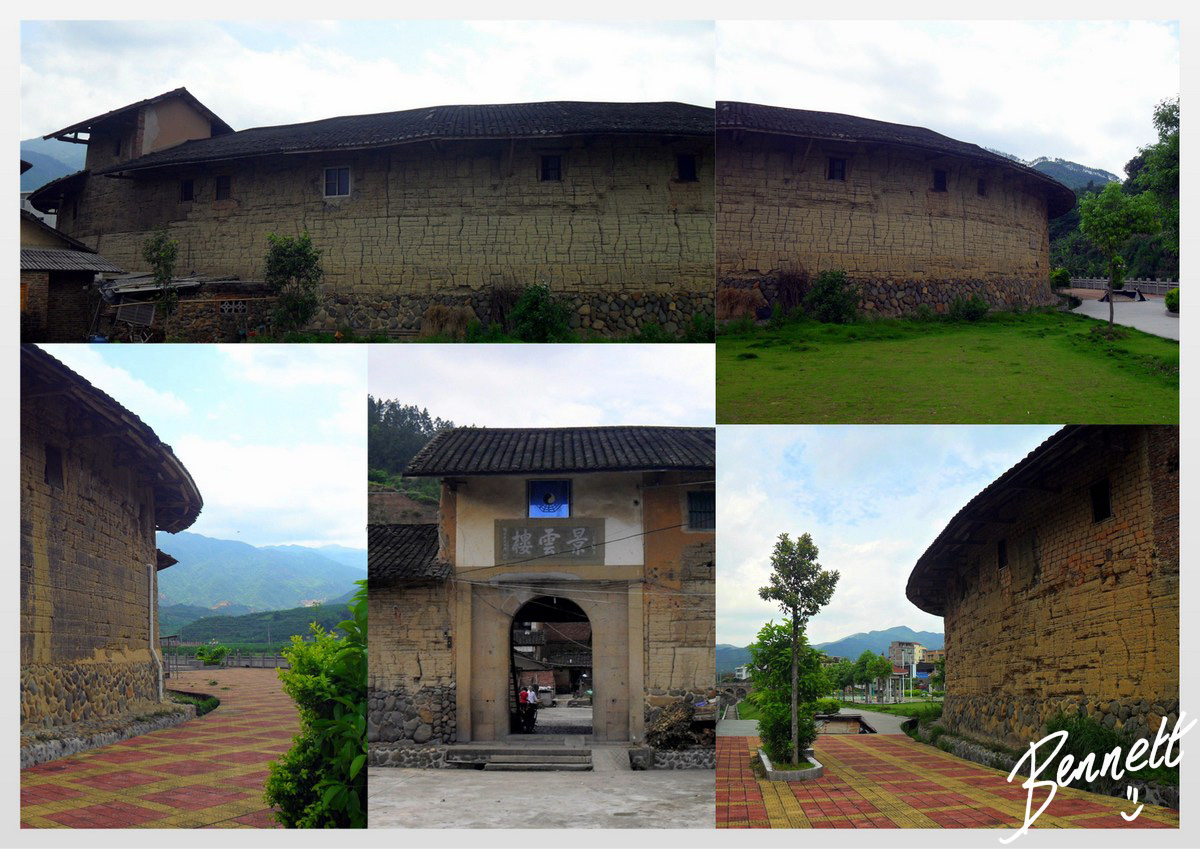
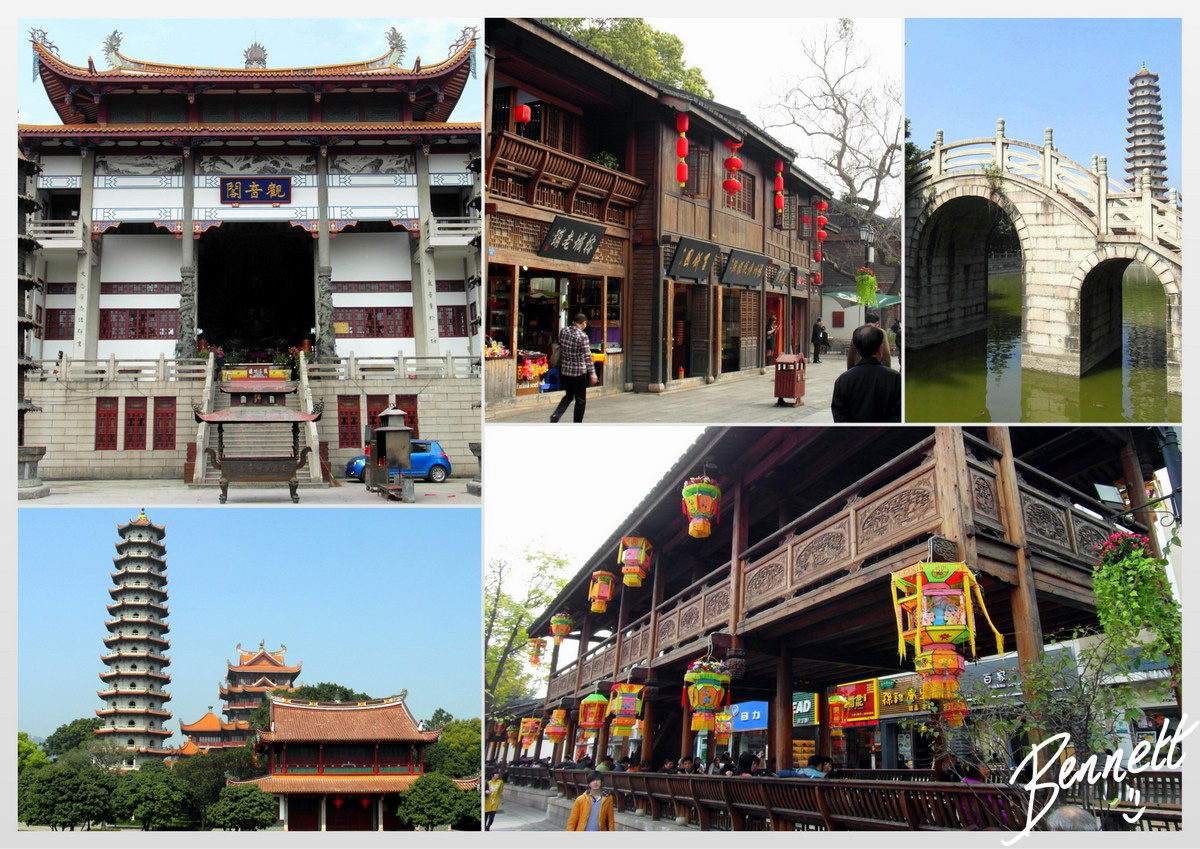
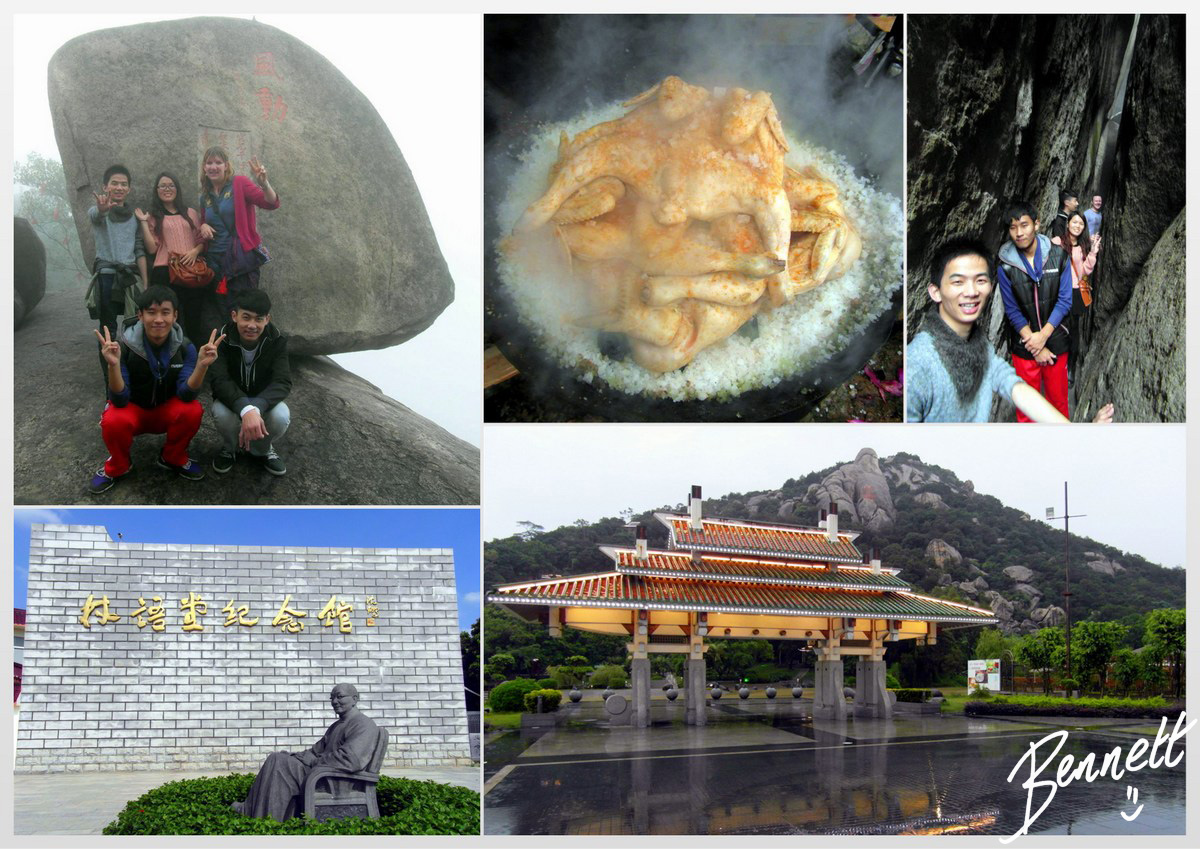
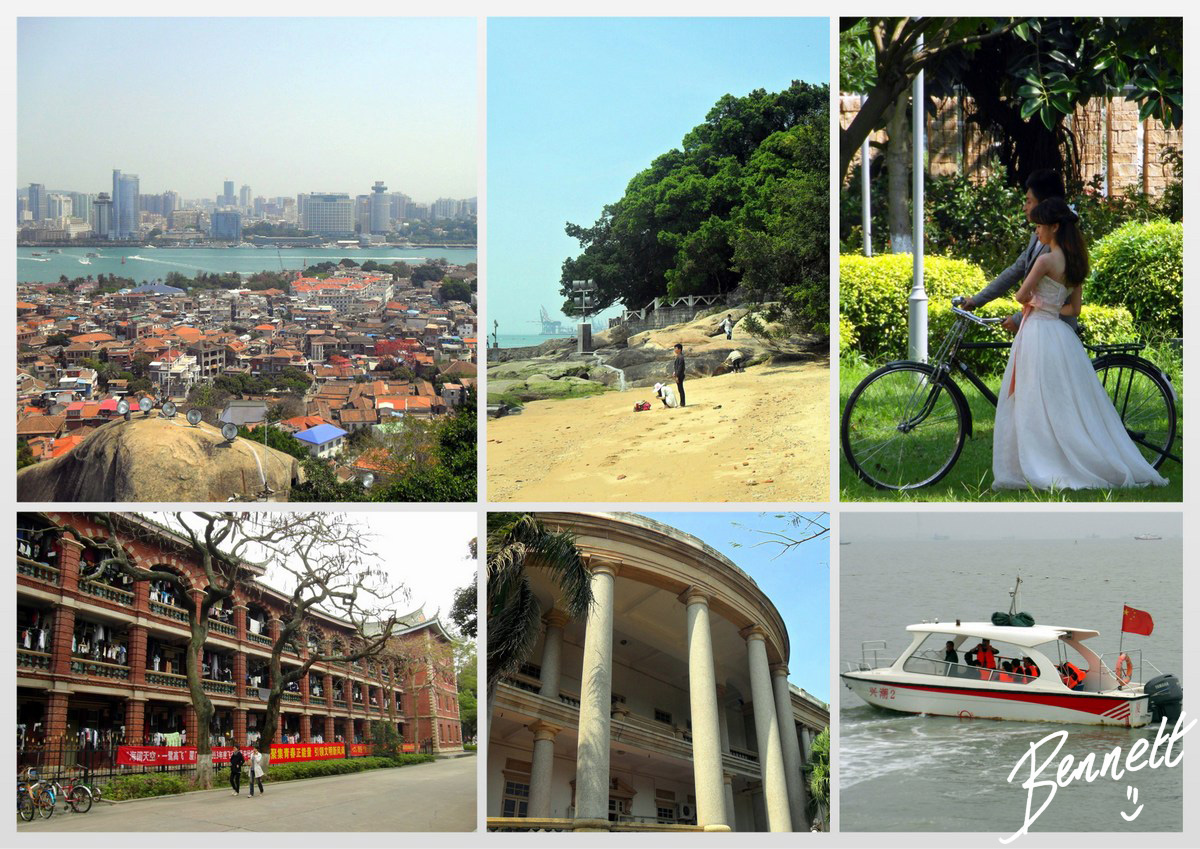
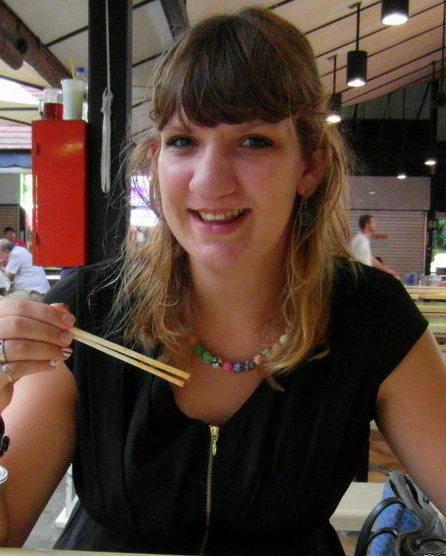
Everyone knows about places such as Beijing and Shanghai, which are municipality provinces in their own right, however, what about the smaller, lesser know provinces?
I was lucky enough to live in Fujian, in southern China for 18 months, a province with hot, humid summers and mild, damp winters, some people’s idea of perfect weather.
But there’s a lot more to Fujian than the climate, so here I’ll share the top 5 things to do in my former province.
1. Tulou

Tulou are large, round houses built by the Hakka, a subgroup of Han Chinese who originate in Fujian province. These tulou are built several stories high with mud, timber and tile roofs, and according to UNESCO, of which the tulou are part of, are “exceptional examples of a building tradition and function exemplifying a particular type of communal living and defensive organization [in a] harmonious relationship with their environment.”
The tulou were so large that each was considered a village, housing many families who had two or three rooms each. There are around 46 tulou around Fujian although the most famous is arguably the Tianluokeng cluster of tulou at Nanjing because of the four round Tulou surrounding a square one.
2. Fuzhou

The provincial capital of Fujian, Fuzhou is often neglected on a tour of China. This is definitely to detrimental effect as there is lots to see and do here, especially if you’re a fan of Chinese architecture and pagodas. There is a black and a white pagoda, as well as the 68m tall, more recent pagoda built in the Xichan Temple (西禅寺). Also in Fuzhou you have Sanfang Qixiang (三坊七巷), “Three lanes and seven alleys.”This is a section in central Fuzhou displaying reconstructed traditional buildings, with many local crafts an foods available to purchase too. It’s a great to go at night as well as in the day, to see it all lit up.
3. Zhangzhou

This is a very biased entry onto the Fujian list, as it was my home city in Fujian however there was so much to do in Zhangzhou, all just short, local bus rides away. There’s a mountain called Yundongyan (云洞岩) which has great views across Zhangzhou and the Jiulong river from the top, as well as the “Line Sky” a fissure in the rock that you have to sidle through. There is also a local delicacy often available at the bottom of salt chicken, a whole chicken cooked over a bed of salt, which is very delicious. Also just outside the city you have the Lin Yutang museum. You may not know of him until you realise his famous quote: “No one realizes how beautiful it is to travel until he comes home and rests his head on his old, familiar pillow.” Here you can read more famous travel quotes.
4. Wuiyishan
Wuyishan is famous for two things in Fujian, the Wuyi Mountains and tea. Fujian tea is sought after throughout China and Wuyishan is definitely one of the favourites that I tried. Fujianese people centre their social time around the culture of tea drinking, using tiny pots and cups to serve the tea in the traditional way.
The Wuyi Mountains are another UNESCO listed site with the attraction of the “Thread of Sky” cave, a very thin fissure you can walk through, similar to the “Line Sky” at Yundongyan.
5. Xiamen

Last but by no means least, we come to probably the most vibrant city in Fujian, Xiamen. This port city is awash with domestic tourists, foreign tourists and expats alike, offering everything from beaches, Western restaurants and even boat trips over to Taiwan. Young Chinese see Xiamen University as a top university in Fujian, along with many foreign students; it also has a beautiful campus.
One popular destination in Xiamen is Gulangyu, a small island in the harbour populated by colonial architecture and China’s only piano museum. The island is also car-free and frequented daily by Chinese couples taking their pre-wedding photography.
Fujian is definitely a more sedate and traditional Chinese province, with fewer larger cities and lots of natural attractions to visit, however it still has a lot to offer travellers. I’d thoroughly recommend a visit in this province if heading up to Shanghai from Hong Kong, or vice versa.
Which place in Fujian interests you most? Let me know in the comments below!
About the Author: Bennett from The Further Adventures of Bennett planned to spend 6 months teaching English in China and left 2 years later. She can currently be found residing in New Zealand, having swapped teaching children English for babysitting dogs and cats and you can follow her on Twitter.
To read more about Bennett’s Chinese experience, head over to Amazon and buy "Add Your Brick to the Great Wall" - a collection of experience and advice for anyone wanting to work, live or travel throughout China.
- Roof Fix Accomplished, And Reply To Comment
First I would like to thank Alice for her thought-provoking comment to my last blog entry. I didn't know about the MLK Foundation or its award to a Chinese sculptor. I don't think it's a matter of racism on my part to prefer the statue to...
- The News - Opinion Expressed
I made a decision several years ago to not watch news on television or read it in the newspapers, but every now and then I look at headlines. When I watch TV news it is only the PBS version, which gave me a shock on this evening's program. The Dr....
- Top 5 Tips For Visiting Buddhist Temples In China
If you are planning on visiting China then you will have absolutely loads to see, do and experience. From Tiananmen Square and the Forbidden City in Beijing, to cycling around the city walls of Xi’an, experiencing the bustling nightlife and impressive...
- Cambodia. The Land Of The Temples Lost In The Jungle
The tree ridden structures lost to the jungles of Cambodia are some of the most amazing structures on earth, therefore there is no wonder many adventure travelers but not only, flock into the wild jungles of the ancient East to explore exotic temples...
- Xian's Hui
The city of Xi’an is famous for the Terracotta Army, Lantian Man and countless Buddhist relics, but centuries ago its fame had more to do with trade than archeological wonders. As part of the ancient Silk Road, Xi’an was a place where cultures mingled...
